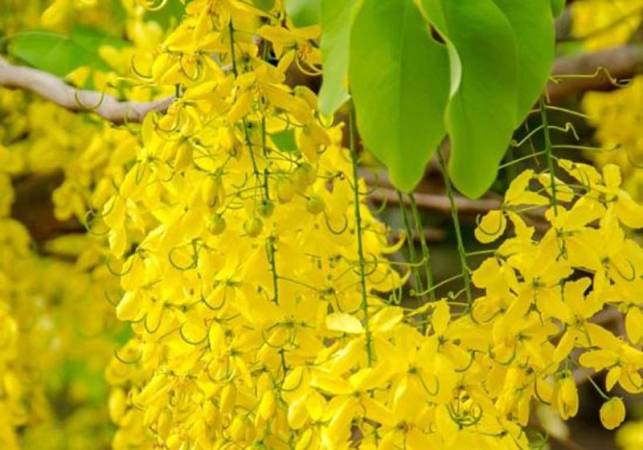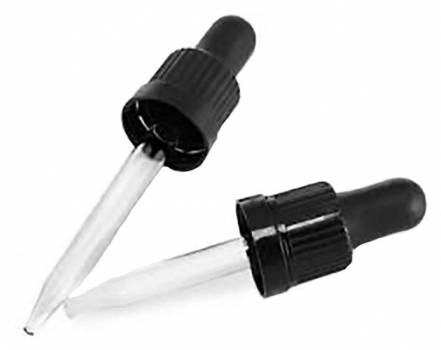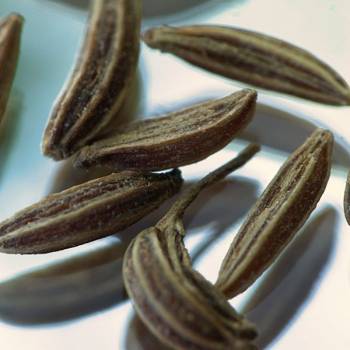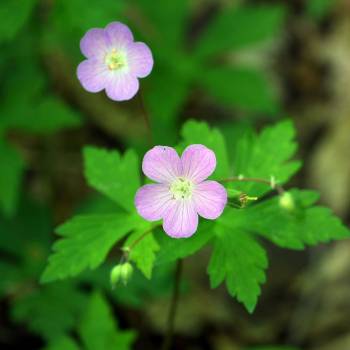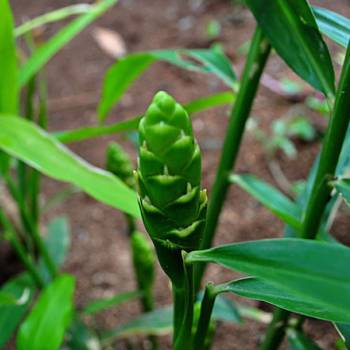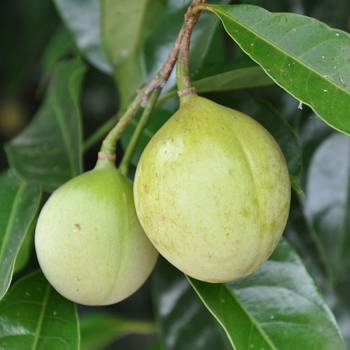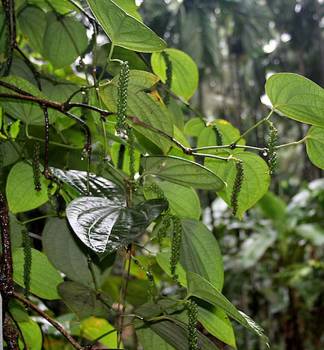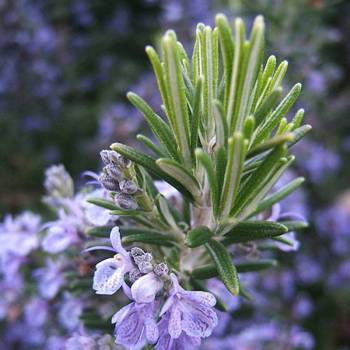Welcome Sign in
Product successfully added to your shopping cart
There are 0 items in your cart. There is 1 item in your cart.
Cassia - Cinnamomum cassia
Cassia is an evergreen tree native to China and Burma, and is sometimes called Chinese cinnamon. Cassia, or Chinese cinnamon, is the spice sold as cinnamon in the United States.
New
Available
Data sheet
| County of Origin | China |
| Therapeutic Properties | Anti-diarrheal, anti-emetic, anti-microbial, astringent, carminative, emmenagogue, febrifuge, spasmolytic |
| Botanical Family | Lauraceae |
| Chemical Family | Aldehyde |
| Approx. Shelf Life | 5 years |
| Plant Parts | Leaf, Twig, Bark |
| Note Classification | Top |
| Method of Extraction | Steam Distilled |
| Blends well with | Balsam, Black Pepper, Caraway seed, Chamomile, Coriander, Frankincense, Ginger, Geranium, Nutmeg, and Rosemary. |
More info
History: Used in China like we use cinnamon. Used medicinally by the Chinese for vascular disorders. The Greeks considered cassia a very important herb, indeed the name Cassia comes from the Greek word "Kassia" which means "to strip off the bark".
Characteristics: This volatile oil has been shown to be carminative and antiseptic; while the main constituent cinnamic aldehyde (in low dosages) is a weak central nervous system stimulant and it is depressant at high doses. It has some pharmaceutical applications due to its bactericidal properties, such as in mouthwashes, toothpaste and gargles. Extensively used in food flavorings, including alcoholic drinks. Little used in perfumes and cosmetics because of its dark color. It is cheaper than cinnamon and sometimes called "the poor man's cinnamon". Most cinnamon sold in US is cassia bark.
Clinical Studies:
Indications: Used for the reduction of cellulite, depression, relieving physical fatigue, lessening pain, increasing mobility in the joints, use as an insecticide and disinfectant.
Personality Profile:
Subtle Aromatherapy:
Mode of Administration: Diffusor, mist spray, bath (with proper carrier oil, get out if it starts to burn).
Safety: Dilute well before use; for external use only. May cause skin irritation; a skin test is recommended prior to use. Contact with eyes should be avoided. Do not use on the skin as it can burn, mucous membrane irritant, avoid if pregnant and with infants and children. Cassia is not recommended for lactating mothers as it can reduce her production of milk.
